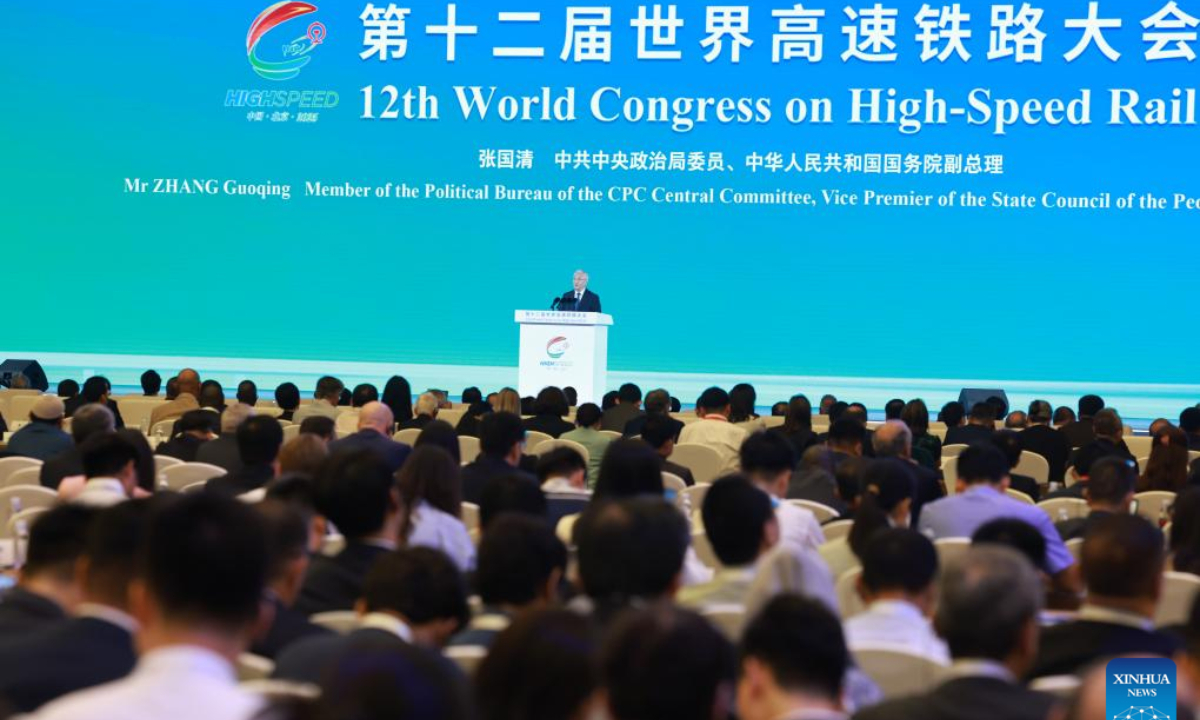Did a Top Indian General Acknowledge Pakistan's Electronic Warfare Edge and China's Tech Influence?

A recent social media post has sparked debate and concern after seemingly quoting Lieutenant General Rahul R. Singh, a high-ranking officer in the Indian Army, admitting that Pakistan's electronic warfare capabilities and China's C4 (Command, Control, Communications, Computers, and Intelligence) technology significantly impacted India. But is this claim accurate? Let's break down the situation and examine the facts.
The Claim: The post, widely circulated online, featured a photo of Lt Gen Singh alongside a statement alleging that he said, “Pakistan's electronic warfare and C4 intelligence capability truly surprised us, and the Chinese technology played a big role in defeating India.” This assertion, if true, would represent a serious admission of vulnerability and a significant shift in the perceived balance of power in the region.
The Investigation: Initial investigations suggest the claim is misleading and requires careful context. While Lt Gen Singh did speak about the challenges posed by electronic warfare and the advancements in technology, particularly from China, the quoted statement appears to be taken out of context and potentially fabricated. Reports indicate that Lt Gen Singh was addressing a conference on electronic warfare, discussing the evolving nature of modern conflict and the need for India to bolster its own capabilities in these areas.
Understanding Electronic Warfare (EW): Electronic warfare involves the use of electromagnetic energy to control the electromagnetic spectrum, disrupting or damaging enemy communications, radar systems, and other electronic devices. A superior EW capability can provide a significant advantage in modern warfare, allowing a nation to blind, deafen, and confuse its adversary.
China's C4I Advantage: China has invested heavily in developing advanced C4I systems, integrating command and control, communications, computers, intelligence, and reconnaissance capabilities. These systems provide commanders with real-time situational awareness and enable rapid decision-making, a critical advantage in contemporary conflicts. The claim highlights a perceived gap in India's capabilities in this domain.
The Context is Key: Lt Gen Singh's comments were likely aimed at emphasizing the urgency of modernizing India's electronic warfare defenses and investing in indigenous technological development. His remarks were intended to be a call to action, not an admission of defeat. It's crucial to understand that acknowledging a potential weakness is a necessary step towards addressing it and strengthening national security.
The Social Media Factor: The rapid spread of misinformation on social media platforms underscores the importance of verifying information before sharing it. Sensationalized headlines and incomplete quotes can easily mislead the public and create unnecessary anxiety. Responsible online behaviour requires critical thinking and a commitment to accuracy.
Looking Ahead: India is actively working to enhance its electronic warfare capabilities and reduce its reliance on foreign technology. Initiatives to promote indigenous defense production and foster technological innovation are crucial for ensuring India's long-term security and strategic autonomy. The conversation around Lt Gen Singh's comments should serve as a catalyst for renewed focus on these vital priorities.
Conclusion: While Pakistan's electronic warfare capabilities and China’s C4I technology present genuine challenges, the claim that Lt Gen Rahul R. Singh admitted defeat is an oversimplification and likely a misrepresentation of his remarks. It's essential to analyze information critically and consider the context before drawing conclusions, particularly in the realm of national security.






